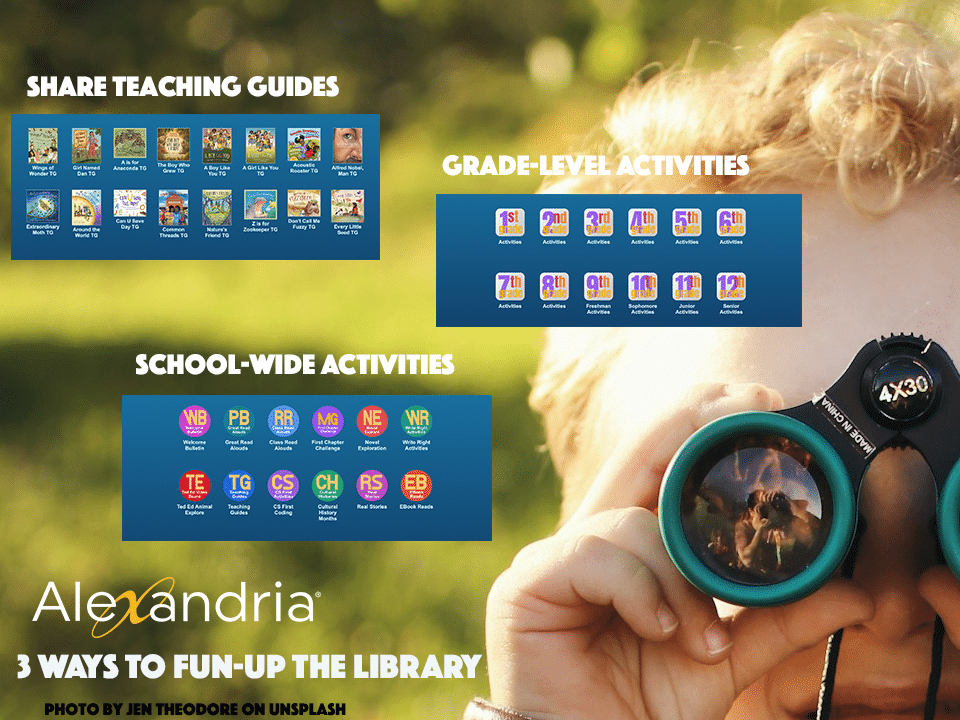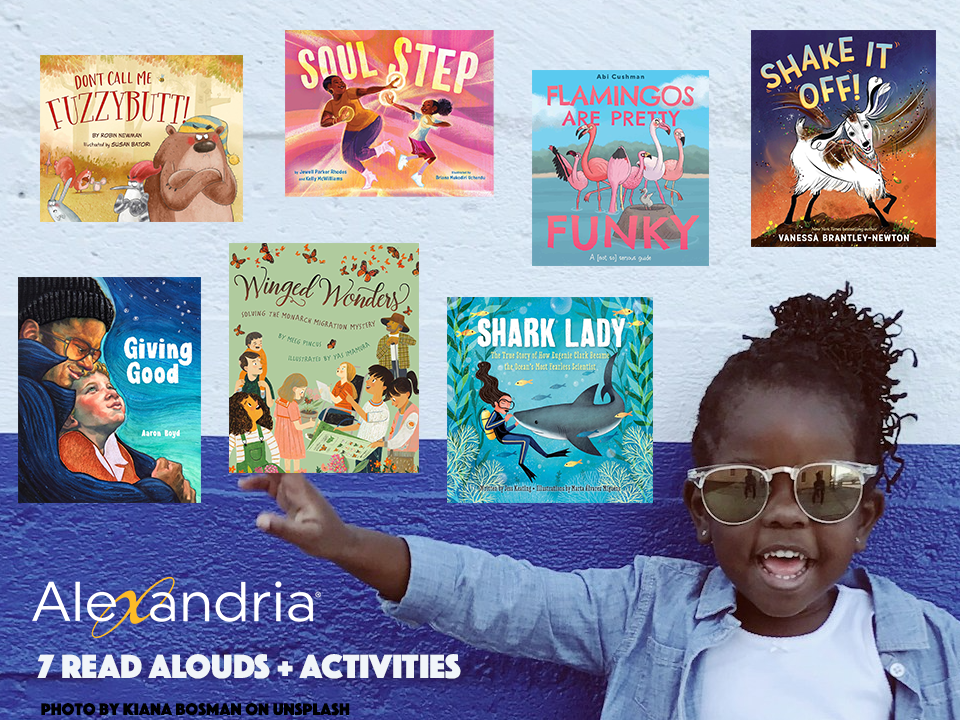Free Halloween Posters and a Spooky STEM Lesson
September 24, 2018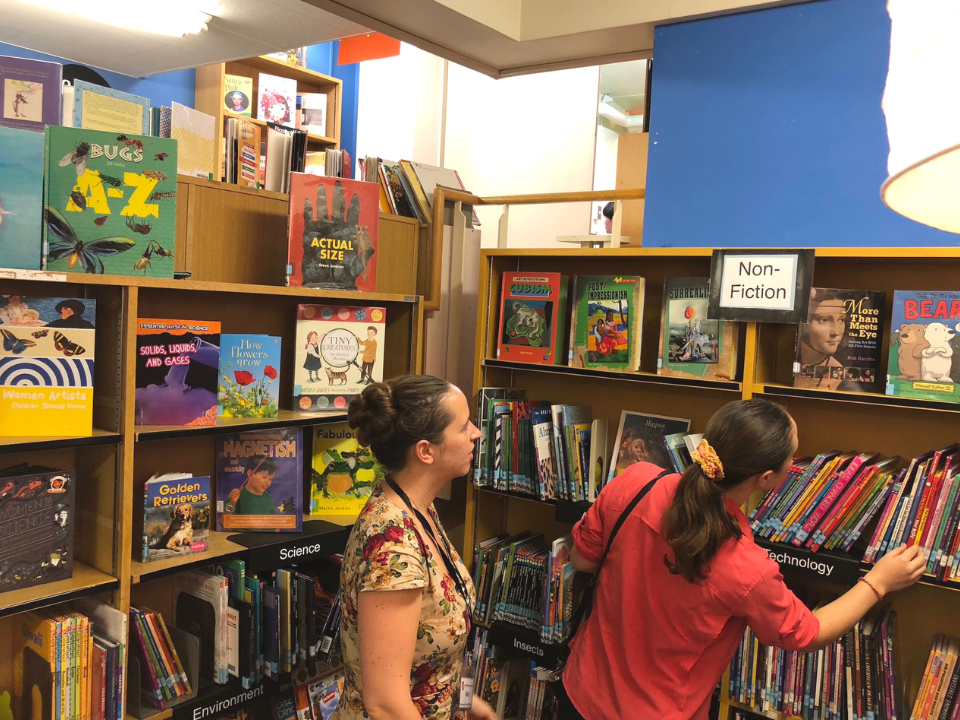
Alexandria Library Visit and Interview
October 24, 2018Library Tips for Dyslexia Awareness Month
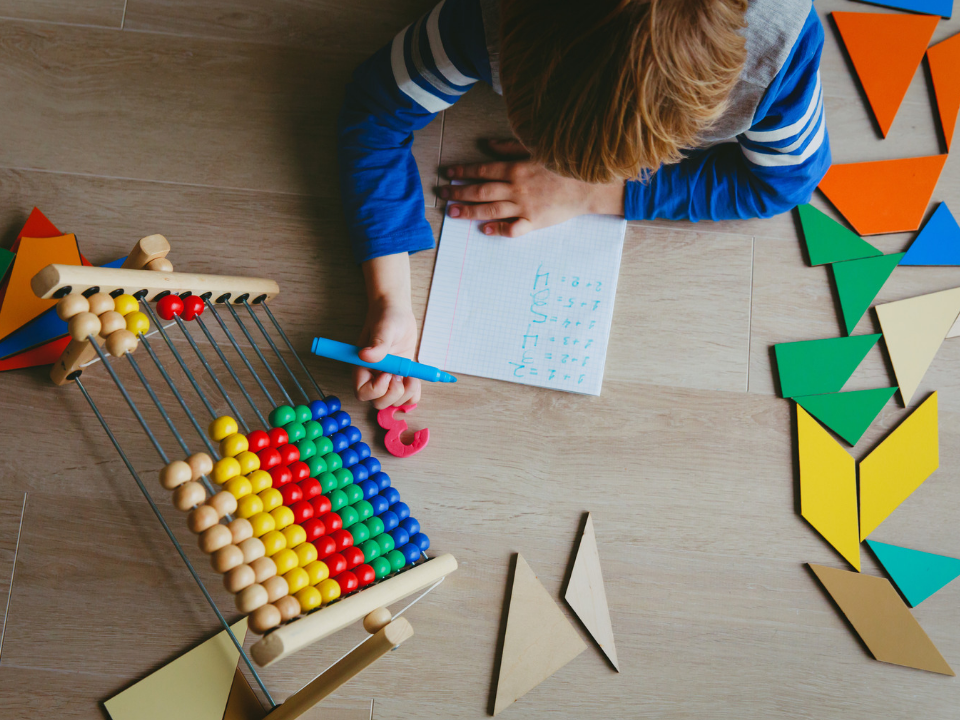
The library is a treasure trove of resources for students, teachers, and parents. But when it comes to serving all types of learners, is your library inclusive? Every one in ten people are dyslexic. It is estimated that 14.5 to 43.5 million children and adults have some form of dyslexia– whether it's reading, writing, or spelling.
But did you know that 40% of self-made millionaires are dyslexic? Or that top inventors, scientists, engineers, entrepreneurs, and artists have dyslexia? Check out these tips for Dyslexia Awareness Month and learn how you can make your library more inclusive this October.
But did you know that 40% of self-made millionaires are dyslexic? Or that top inventors, scientists, engineers, entrepreneurs, and artists have dyslexia? Check out these tips for Dyslexia Awareness Month and learn how you can make your library more inclusive this October.
What is Dyslexia
From reading to writing to spelling, dyslexia affects how a person absorbs information. Dyslexia isn’t necessarily how a person sees a word, but how they process, manipulate, and decoding the letters. Dyslexia affects how the brain handles information it sees and hears. Symptoms include:- Matching letters to sounds
- Remembering how to spell words
- Trouble telling left from right
- A harder time following a lot of instructions
- Memorizing sequences
- And more...

A dyslexic brain is wired slightly different, therefore individuals learn through totally different approaches. The left side of the brain is primarily in charge of language, analytical thought, logic, and reading. Whereas the right side of the brain focuses on creativity, intuition, and music. fMRI studies show that those with dyslexia rely on the right side of the brain more often than the left. This is where the disconnection between traditional learning approaches is formed.
How to Help Students with Dyslexia at the Library
Affecting 5 to 17% of students, Dyslexia is genetically passed through families. Dyslexia occurs on a spectrum, so some students may fly under the radar with a mild case while others are profoundly impacted. Dyslexia does not impact intelligence or IQ, and no matter how hard a student tries, dyslexia impairs their ability to learn in a specific way.A different approach to learning is needed for students who have dyslexia. And you can do this at your library or school. We have a few ideas below to help you make your library more inclusive for dyslexic learners.
Using Dyslexic Thinking to Students’ Advantage
Using an individual’s strengths is the best approach to helping a dyslexic learner. Dyslexic thinking, which is the byproduct of dyslexia, is the combination of some or all of the following:- Exploring
- Connecting
- Reasoning
- Communicating
- Imagining
- Visualizing
If you couldn’t already tell, these types of skills are the building blocks for library makerspaces. It doesn’t surprise us that makerspaces are good alternative learning resources for dyslexic students. Very famous inventors and scientists had dyslexia. Most famous of all Albert Einstien, the icon of genius, had dyslexia among others like Alexander Graham Bell, Thomas Edison, Steve Jobs, Henry Ford, and more.
How to Help Students Sound Words Out
As we mentioned before, individuals with dyslexia process reading, writing and spelling differently than most. Student’s with dyslexia will spell words how they phonetically sound and will memorize, guess, or skip over words when reading. To help students learning and read words you can use an alternative method for learning. This method involves using the senses.Research proves that kids with dyslexia learn best when they engage their senses. You can activate the senses through touch by having a student trace letters with their fingers. You can cut the letters out of sandpaper and have students trace the scratchy surface while spelling the word out loud. Alternatively, you can have the student say the word while writing it in the air. Shaving cream is a fun alternative for younger kids.
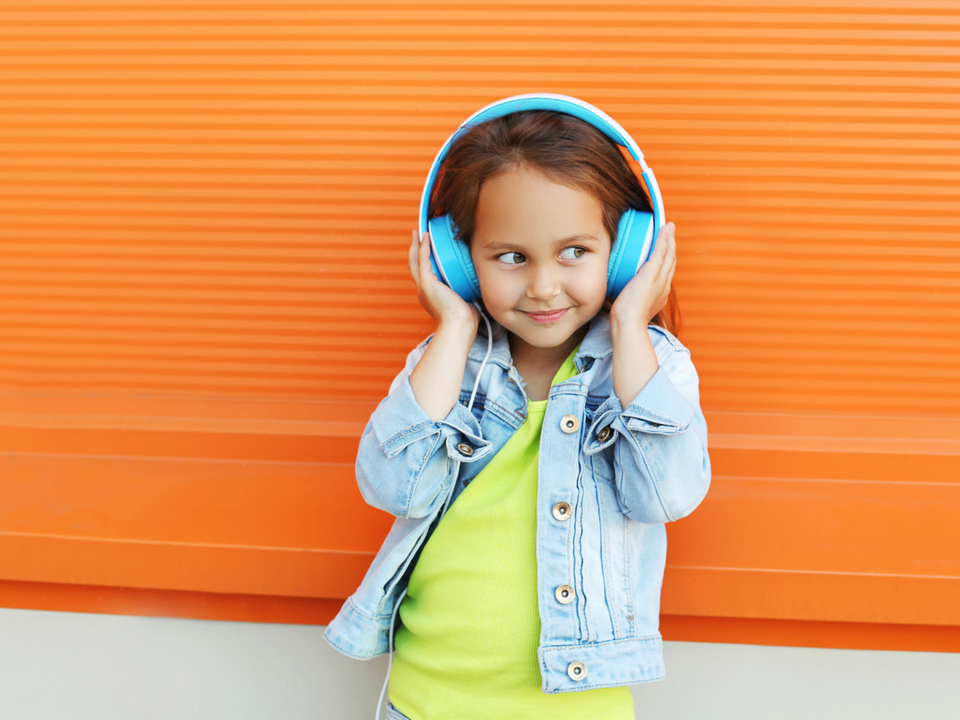
Books Plus their Audio Companion
Encourage students to borrow both formats of a book, the audio and physical copy, so they can practice their reading skills by also listening at the same time. Check out this list of best audiobooks, we have audiobooks for every age on this list!Library Displays and Signs
Let children know that the library offers more than just books, highlight all the media center’s offerings by displaying audiobooks, graphic novels, CDs, and other resources.Additionally, you can optimize signage in your library by using off-white paper, clear font legible font without underlines, italics, or all caps. This makes it easier for students to read the signs. Use icons alongside words in your library as well. Using icons and legible signage make it easier for dyslexic thinkers to process the information presented.
Made By Dyslexia
It’s important to understand that traditional forms of learning can be more challenging for dyslexic thinkers. Early identification of dyslexia is key to helping students be successful in education and preserving their self-esteem. To learn more about dyslexia check out Made By Dyslexia. They have resources, pdf, and videos all about dyslexic thinking.Check out Made By Dyslexia's website.



